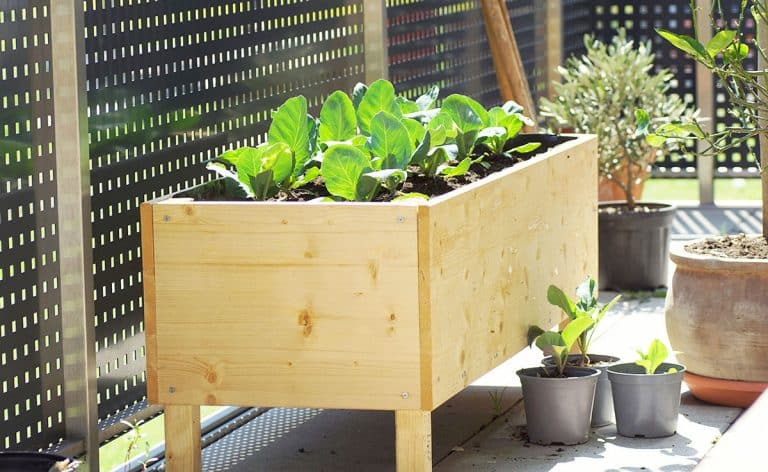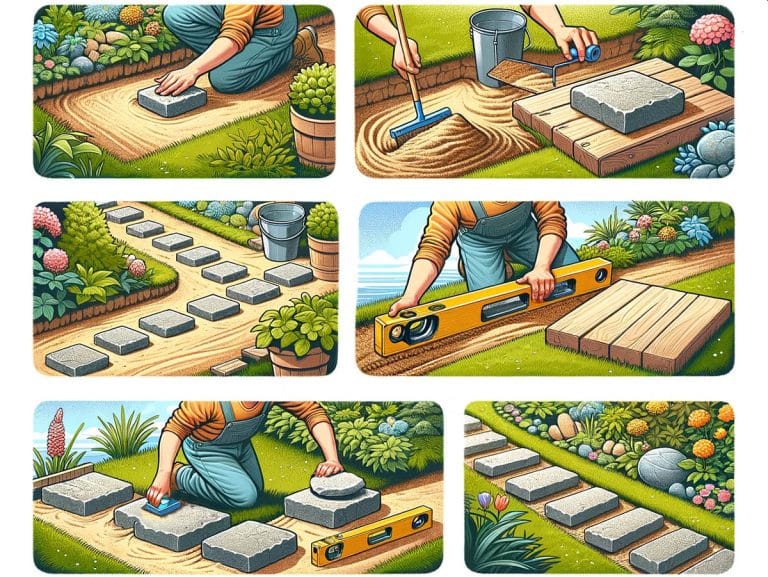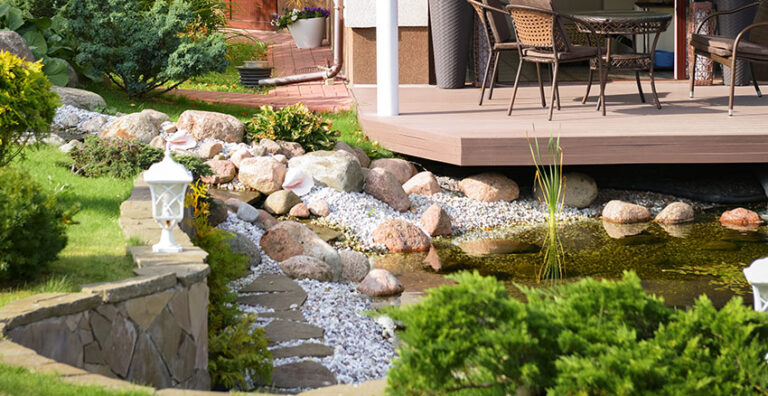15 Types Of Shovels (Uses, Styles & How to Choose)
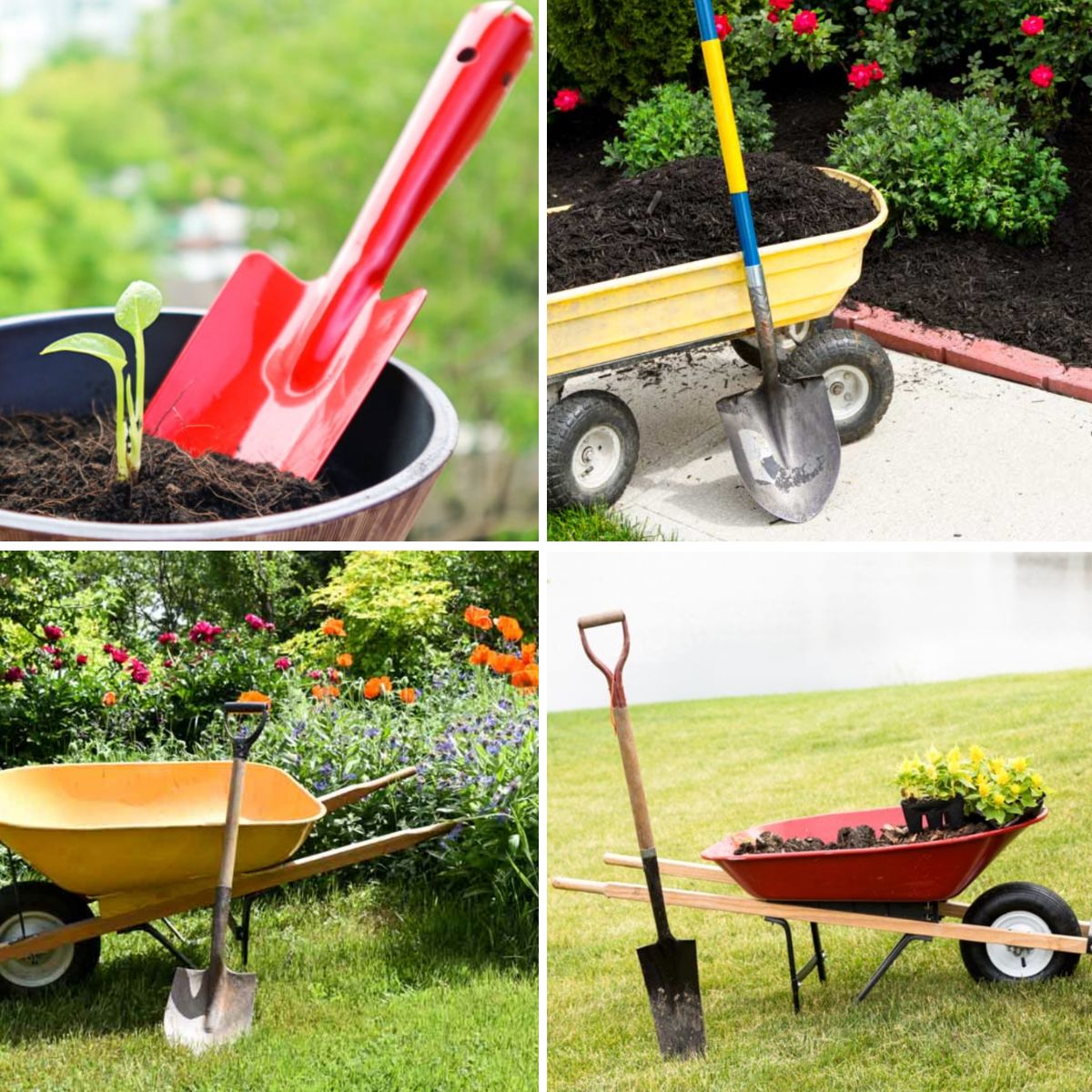
Shovels are examples of a tool that you won’t really think about buying until you need them (And yes, there’s a hundred percent chance you will need them). With the different styles of shovels you will see in the market, it will be a bit of a challenge choosing one when you have no idea how each kind works.
Shovels can help you complete different tasks, from planting new trees to digging holes on the ground. Most of them are lightweight so that work will be easier and the handles are normally medium-length. Different types can be made from different materials and come in different sizes, lengths, and colors.
Popular as vital tools for gardening and construction, shovels can help you accomplish tasks much easier. And depending on the task you’re working on, you would also need to use the appropriate shovel for the task. A shovel is a working hand tool that can be used for digging, lifting, and moving materials like dirt, coal, gravel, ore, sand, sod, and snow. Here are some of the types of shovels you can explore based on the task they can be used in.
Quicklook: Different Types of Shovels
- Square
- Pointed
- Round
- Scoop
- Trench
- Flat
- Transfer
- Root
- Tree-planting
- Edging
- Spade
- Post Hole
- Folding
- Sifting
- Roof
- Handheld
Square Shovel

Use: Edging and making trenches
Identifiable Characteristic: Square shape blade
Square digging shovels, just as they’re named, have square blades that are also straight and flat, making them more convenient to use for working on trenches. This also makes it easier to work on rocky and hard soil.
With sharp blades, square digging shovels help dig, cut, and remove unwanted plants, as well as cut the soil and other objects from the ground to have a cleaner and better surface for the working area. Besides the sharp blades, they also have a high grip collar to offer better grip when they’re a bit heavy to lift.
Pointed Shovel
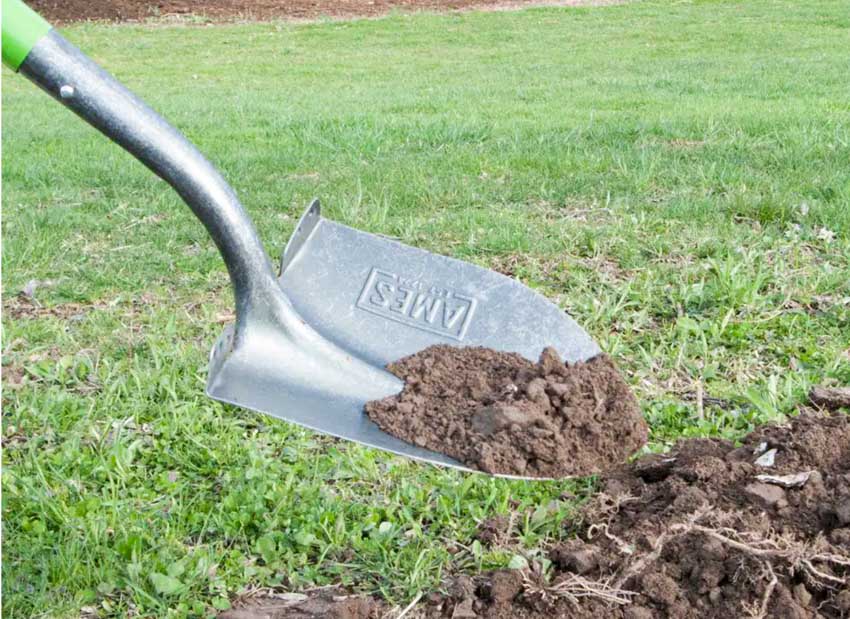
Use: Digging and scooping hard and rocky soil for gardening, construction, and other tasks
Identifiable Characteristic: Pointed blade
Another digging shovel that you can use for gardening, a pointed digging shovel is the ideal tool if you are going to work on compact and tough soils. It is also perfect for tight spaces and those soils with roots and rocks.
Pointed digging shovels feature a pointed blade curving slightly upwards, which makes them a great option for digging any material. Structure-wise, they have a long metal or wooden shaft.
This shaft also ends with a wider footplate that allows users to use their weight to dig deeper through the harder soil or to get more soil. And since they have curved edges, you can scoop loose soil and materials better. This is a very popular type of shovel that is one of the essentials tools for homeowners due to their versatility.
Round Shovel
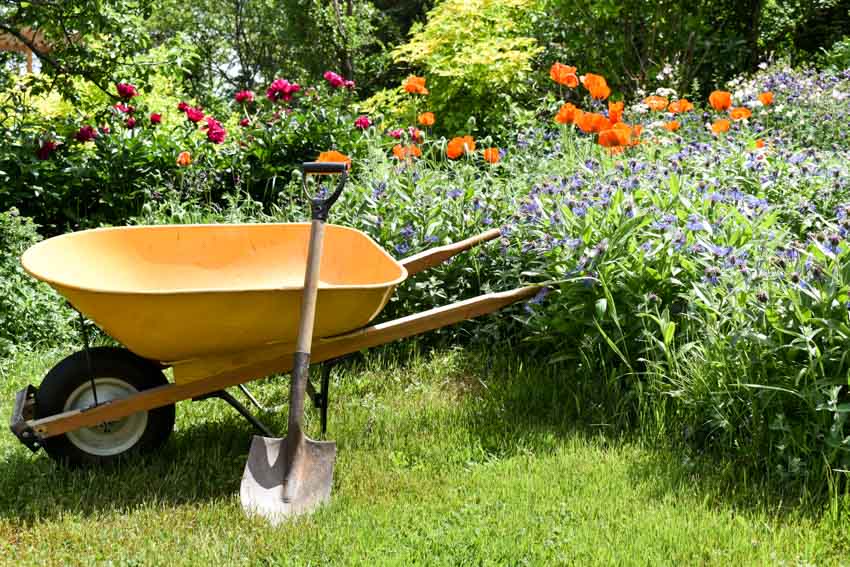
Use: Digging softer soil types (For gardening and construction purposes)
Identifiable Characteristic: Curved edges and blade tip
Round digging shovels are ideal for working on softer types of soils since structure-wise, they won’t be a great option when dealing with harder and more challenging types of soils. But if you’re digging holes in softer soil for planting new trees or plants, this is the best tool to consider.
Use this tool for moving tiny plants, flowers, and shrubs. A round digging shovel features a dome-shaped blade with a curved tip that allows you to dig easier on the soil.
Scoop Shovel
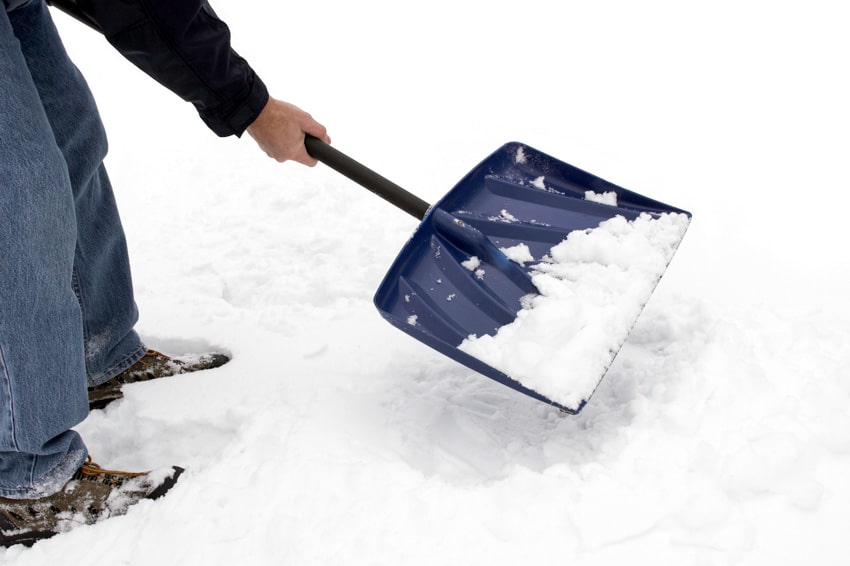
Use: Scooping and moving huge amounts of materials
Identifiable Characteristic: Large scooped shape blade with a flat tip and rigid side edges
Scoop shovels are structured to scoop and move huge amounts of soil or gravel, depending on what material you’re working on. This is the reason why they have a shorter shaft and handle for better grip on the tool and a larger blade to accommodate more materials whenever you scoop.
Sometimes rounded and sometimes flat, they also have rigid edges that allow you to hold the materials in place while you move them from one place to another. Whether you’re working on soil, wood, debris, or certain types of gravel, a scoop shovel can do the work for you.
Depending on the weight of the material you’re working on, you can choose from the shorter lifespan aluminum scoop shovels to the more durable and long-lasting metal scoop shovels.
You can choose lightweight aluminum with a shorter lifespan for heavier materials so that they will be easier to move around. But if you value durability and a longer lifespan, metal scoop shovels might be the better option for you.
Trench Shovel
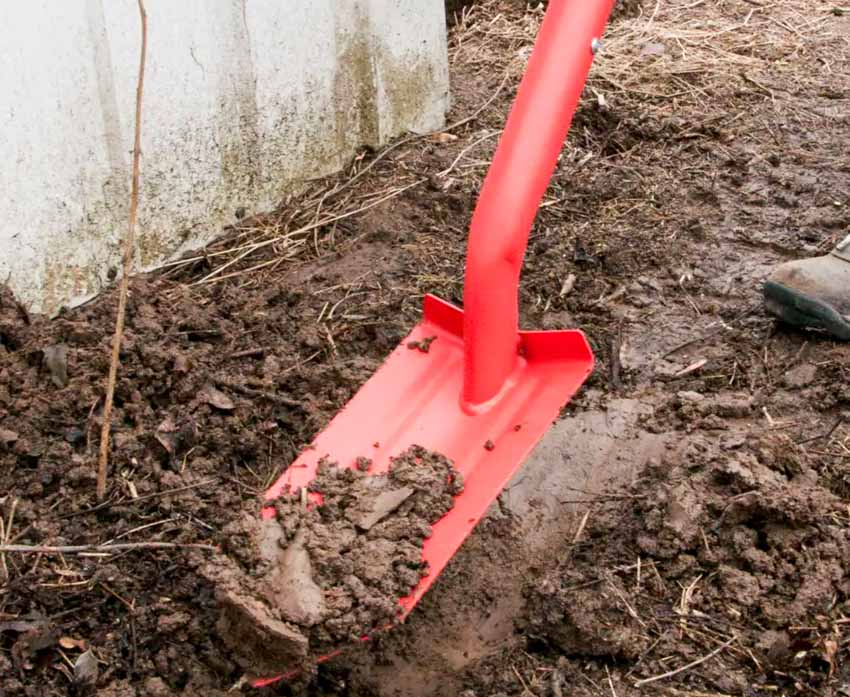
Use: Creating, cleaning out, and digging deeper trenches
Identifiable Characteristic: Long blade with a pointed tip and set at an angle
Trench shovels, just as how they are named, are tools you can use to either create trenches or improve trenches that have already been dug clean. More commonly used by landscape gardeners, they are more powerful tools that will require arm power to function better.
With a stable footplate, you can add extra pressure to your arm since using your foot will be difficult because of how slim and narrow the blade is. Also called a ditch shovel, a trench shovel features a long and narrow blade with a sharp-pointed tip that’s also set at a certain angle.
Compared to other digging shovels though, this type has blade tips that are not very sharp since they are also structured to remove loosened rocks and dirt when working on the trench. And before you start creating a trench, plan how deep, straight, and well-aligned the trench is. This will make your task even easier.
Flat Shovel
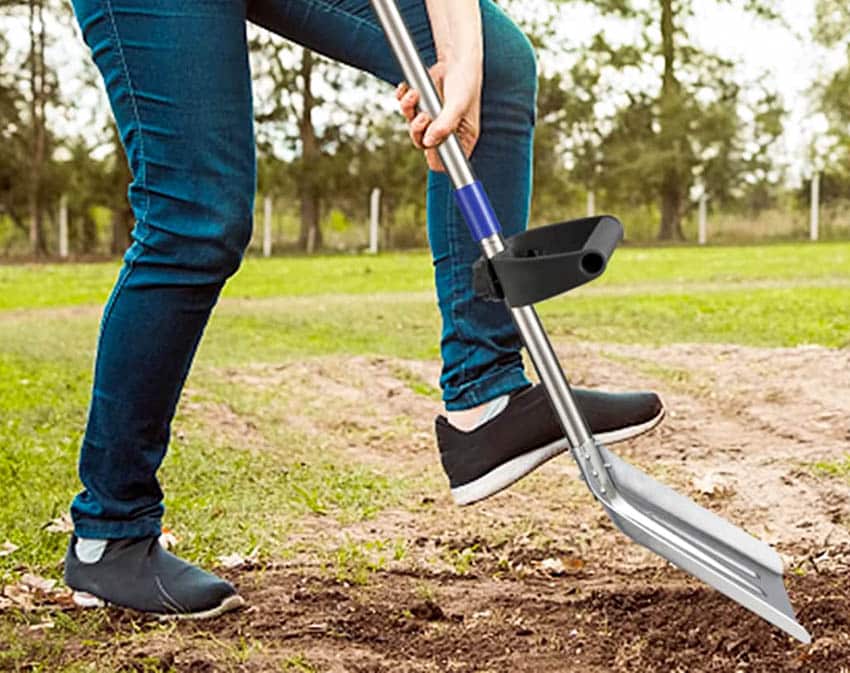
Use: Digging, moving, and scooping a huge amount of soil and other materials
Identifiable Characteristic: Flat and slightly concave blade
Flat shovels are tools you can use in your garden if you’re planning on improving your garden and digging, scooping, and moving dirt around. They can also work on gravel, wood chip mulch, and other soft types of soils. They are also best paired with wheelbarrows and other garden tools and containers for moving.
Flat shovels feature a flat blade for easier scooping but this also makes it difficult to be used for digging the large footplate can help force the blade into the ground for deeper work. With a slightly concave blade, they look like rectangular spoons which will make it better to scoop and move the materials you’re working on.
Transfer Shovel

Use: For scooping and moving loose materials
Identifiable Characteristic: Broad and flat blade (Comes with either one knife-like tip or 2 blades on each end)
Transfer shovels, like flat shovels, is designed for scooping and moving materials. They are either made from hard plastic or aluminum, which are lightweight materials so that even if you work on heavy materials, the shovel won’t add extra weight to the mix.
With a convenient D-grip handle, they are easy to work since they are structured to have stability and leverage when you maneuver and lift the materials from one place to another.
And when it comes to their blades, this type comes in two designs. They can either have a single blade with a knife-like edge or two blades installed on each end. The blades are designed to dig and at the same time scoop the materials to be able to move them.
Root Shovel
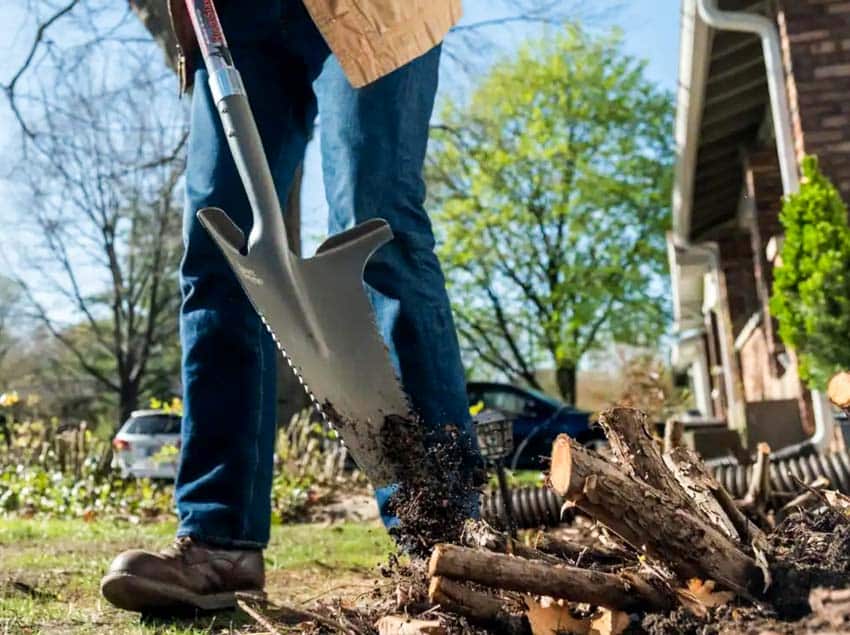
Use: Cutting through existing roots when planting a new plant
Identifiable Characteristic: Elongated and triangular blades (Comes with either pointed or flattened tip)
Root shovels are the tools you need if you’re planning on planting a new plant. They are structured to assist you with tree/plant removal, disposal, and transplant. With interesting long and triangular and serrated blades, root shovels are able to create a hole that goes through even in the existing roots of shrubs and trees in the area.
And yes, even if the roots are from old trees that can be a bit difficult to remove but need to do so to make way for the roots of the new plants/trees. The blade tip can either be flattened or pointed, depending on the design you’ve chosen.
Tree-planting Shovel
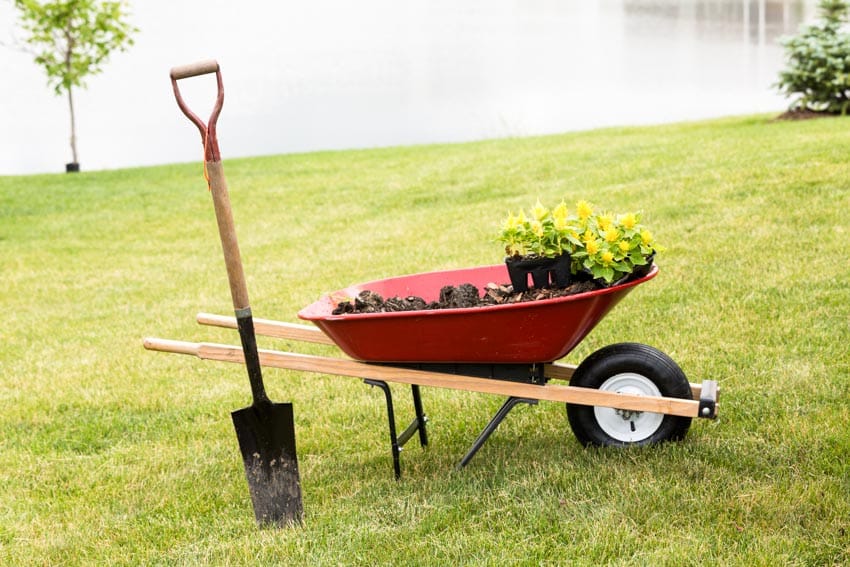
Use: Specially designed for planting trees
Identifiable Characteristic: Narrow blade with either a pointed or curved tip
Tree-planting shovels, as obvious by their name, are the tools that can help you plant trees more efficiently. They are more commonly used in the garden area for tree planting and other planting purposes. These tools will help you create the necessary hole where the new plant or tree will be transplanted in.
With a shape similar to a trench shovel, a tree-planting shovel features a narrow blade that ends with either a pointed or curved tip, depending on your preference. This type of blade will help you dig different sizes of holds by working in a circular shape.
Edging Shovel

Use: Creating clean edges around the borders or lawns
Identifiable Characteristic: Sharp and flat blade with a straight footplate
Edging shovels are specifically designed to work on and create clean edges and borders of the lawns, just like how they are named in the first place.
The edges are created in the soil strata, helping distribute solid material for your gardening. Other uses and tasks that can be accomplished using edging shovels are the following:
• Breaking up shallow plant roots
• Working on smaller areas without harming the plants nearby
• Fencing work
• Working on the sidewalks and driveways
Edging shovels feature a long handle, followed by a straight footplate, and then a small semi-circle half-moon metal at the bottom of the shovel. Some models are similar to garden hoes in their functionality.
Spade Shovel
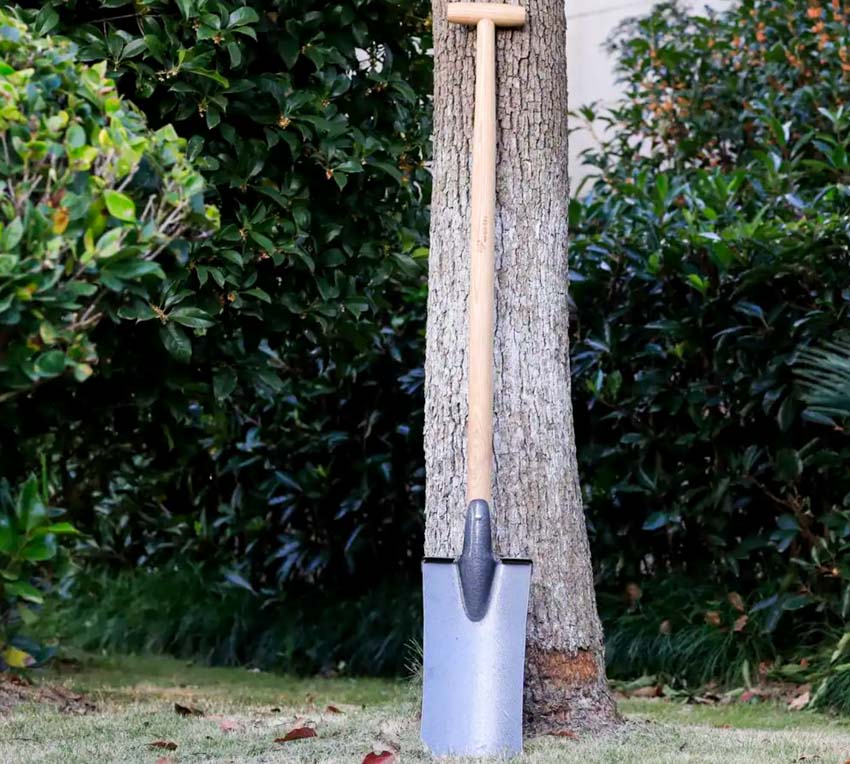
Use: Digging and breaking ground, as well as cutting through roots
Identifiable Characteristic: Smaller blade with shallow/flat profile but possesses a sharp edge
Spade shovels are designed to break ground and break roots, making them very effective tools for gardening. They can easily be used for the following gardening tasks:
• Digging garden beds
• Cutting garden edges
• Planting trees
With either a shallow or flat profile, spade shovels have sharp edges and the blade’s back is treaded to effectively break ground and roots.
Post Hole Digger
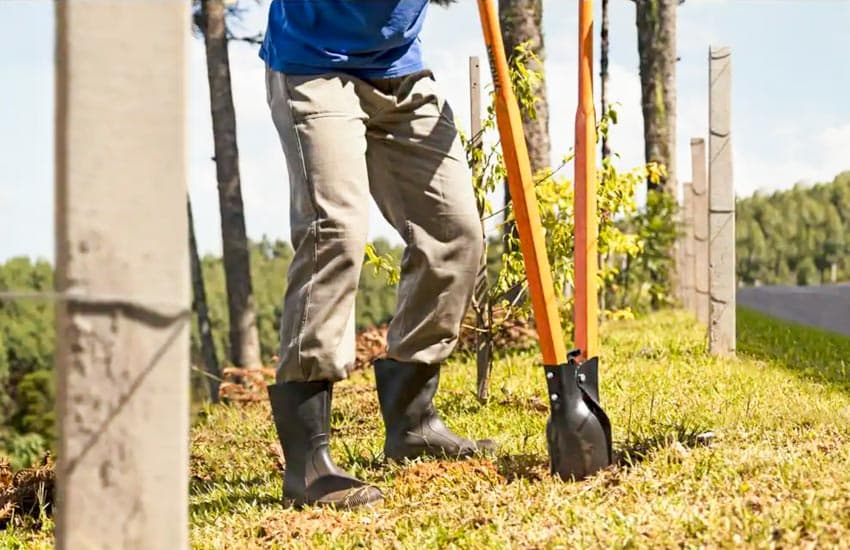
Use: Digging deep holes for fence posts
Identifiable Characteristic: Comes with two shovels attached together
Post hole shovels are the tools you will need if you plan to make deep holes in the ground in preparation for your fencing. With deep holes, you will need to break ground to dig deep, pinch the soil, and then lift to remove the materials from the hole.
You will be getting a cylinder of soil and you need to remove this in a single fast movement. This results in neat skinny holes you can easily insert your fence posts. Using this tool is way more efficient compared to when you use other types of digging shovels because of its design.
These types of shovels are also called post-hole diggers or post-hole pincers. They feature two shovel heads in a single shaft, which is how you will be able to pinch the soil and lift them out of the hole. One of the blades is sharp and curves inward so that cutting through roots will be easy.
Folding Shovel
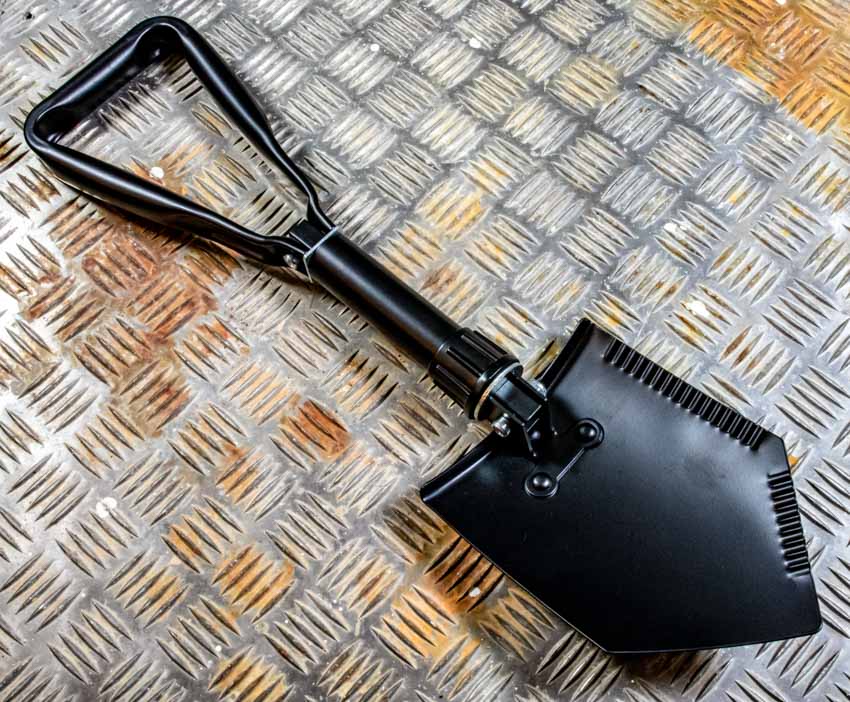
Use: Ideal for camping trips and other digging tasks away from home
Identifiable Characteristic: Portable shovels that bend in half
Folding shovels are structured to be portable and easy to move around since you can fold them in half and keep them easier in your bags for transport. And depending on the length of the staff, there are longer shovels that collapse into three even parts. This design makes these shovels ideal for camping trips and other outdoor activities where you will need to dig around.
Besides being portable, plastic folding shovels are lightweight and come at inexpensive costs but they also have the tendency to easily break and have a shorter lifespan. For a more heavy-duty and long-lasting option, you can choose an all-steel folding shovel.
Sifting Shovel
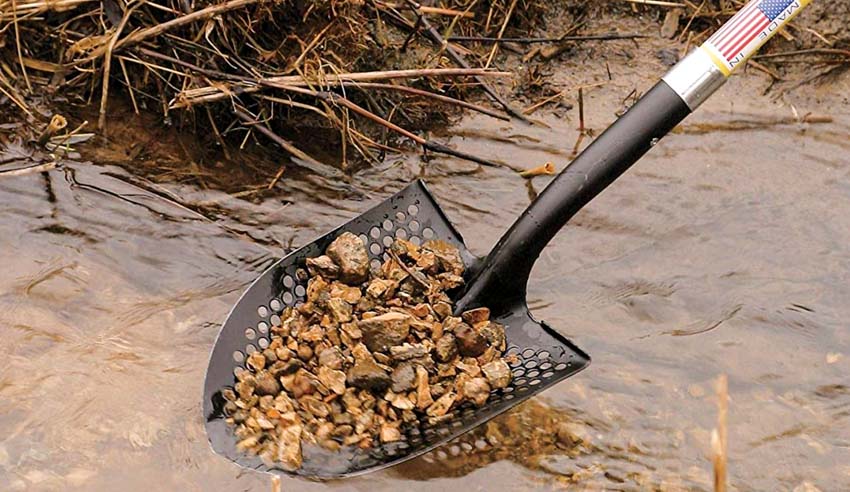
Use: Sifting and removing debris, soil, and other materials
Identifiable Characteristic: Comes with a releasing hole for sifting
Just as they are named, sifting shovels are structured to remove debris from the sand by sifting them from the soil. It is also the perfect tool for screening out unwanted materials from mound clay and infield mix. This is why it’s an excellent tool for construction work.
Sifting shovels feature a releasing hole that makes it possible to sift through unwanted materials and end up with the materials you actually need to work with. They can come either with a square or round blade and D-grip handles for better maneuvering.
Roof Shovel
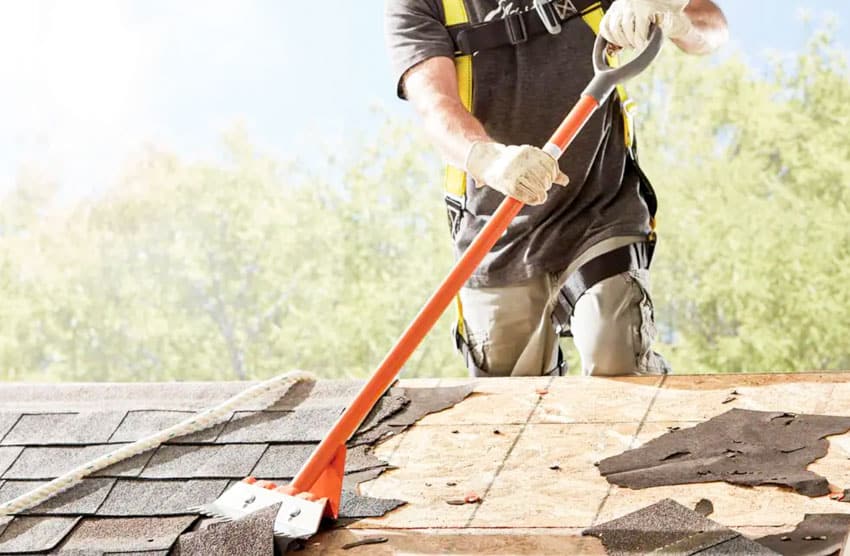
Use: Removing asphalt shingles from your roof
Identifiable Characteristic: Standard square edges
Roof shovels are designed to clean your roof and remove old asphalt shingles from it. While you can use other square-edged shovels, this tool is specifically structured for most roof types. If you regularly have to deal with issues with your roof, investing in a roof shovel may be a good option for you.
Handheld Shovel
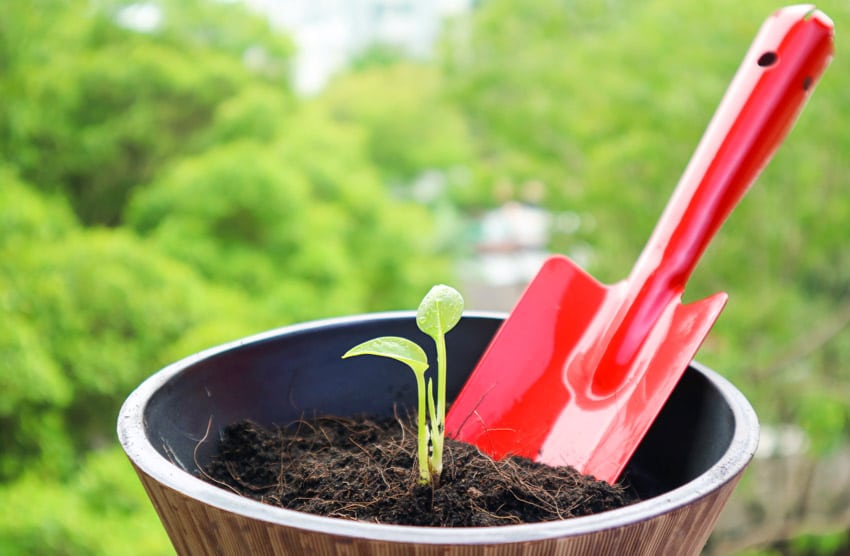
Use: Gardening tasks like digging up weeds and digging holes for planting
Identifiable Characteristic: Smaller in size with a pointed or narrowly rounded blade
Among all the different types of shovels you can use, handheld shovels are significantly smaller and easier to work with that you can efficiently use this tool with a single hand.
Some of the tasks you can accomplish using these shovels include the following:
• Digging new plant holes
• Removing plants
• Digging up weeds
• Planting flowers in a pot
Considered miniature shovels, they have short handles usually measuring around 6 inches. While they vary in design, most have a narrow rounded/pointed blade measuring 4 inches in width. They are also a bit curved, making them perfect for scooping.
Types Of Handheld Shovels
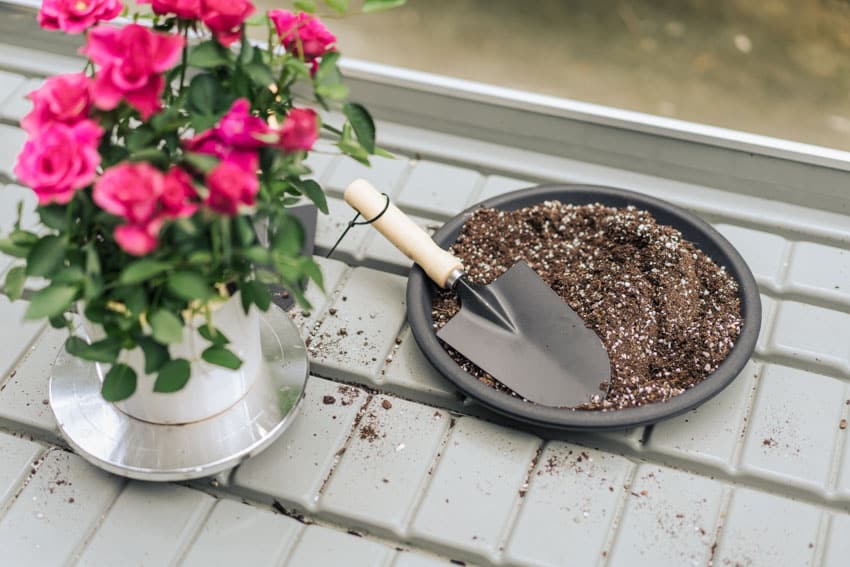
When considering handheld shovels, there are different types you can consider. These shovels actually come in different names, including the following:
• Garden spade
• Hand trowel
• Garden trowel
• Garden shovel
Most of these are pertaining to a single thing despite having different names. But there really are several types of handheld shovels to consider, including the following:
Snow Shovel: One type of handheld shovel is a snow shovel, which has notable longer shafts and large and rectangular blades, which are also deeply vertically curved. In terms of materials they are made from, these shovels can come in wood, plastic, or metal blades. You can use the one you prefer and need the most.
Snow shovels, just as how they are named, are a perfect investment if you live in a colder area or if the winter season is near. You can use these shovels to scoop out snow from the backyard, walkway, parking area, and driveway.
You can also chip ice away using the ridges and grooves along the blade tip. You can also use these handheld shovels to move soil, sand, and gravel and take out debris and unwanted plants.
Power Shovel: Powered by either electricity or gas, power shovels are structured to offer more convenience and efficiency when you use them. They are ideal for heavy-duty work that may involve one of the following issues:
• Hardening soil
• Rocky substances
• Hardening snow
Power shovels are actually a hybrid between a scoop shovel and a snow blower. Comparatively lightweight and small in size, these handheld shovels come in different designs. One come in the form of rotating blades that easily allow you to clear the driveway and pathway from snow.
Another design is similar to a jackhammer but with an attached shovel to excavate the ground. You can choose the design that will be convenient for your use and efficient for the work you’re going to do.
Parts Of A Shovel

If you’re set on exploring everything about a shovel, learning as much as possible about it is the key. One aspect you can learn about is the different parts of a shovel. Knowing this aspect will help you identify the differences among the varying types of shovels.
Here are the primary part of a shovel:
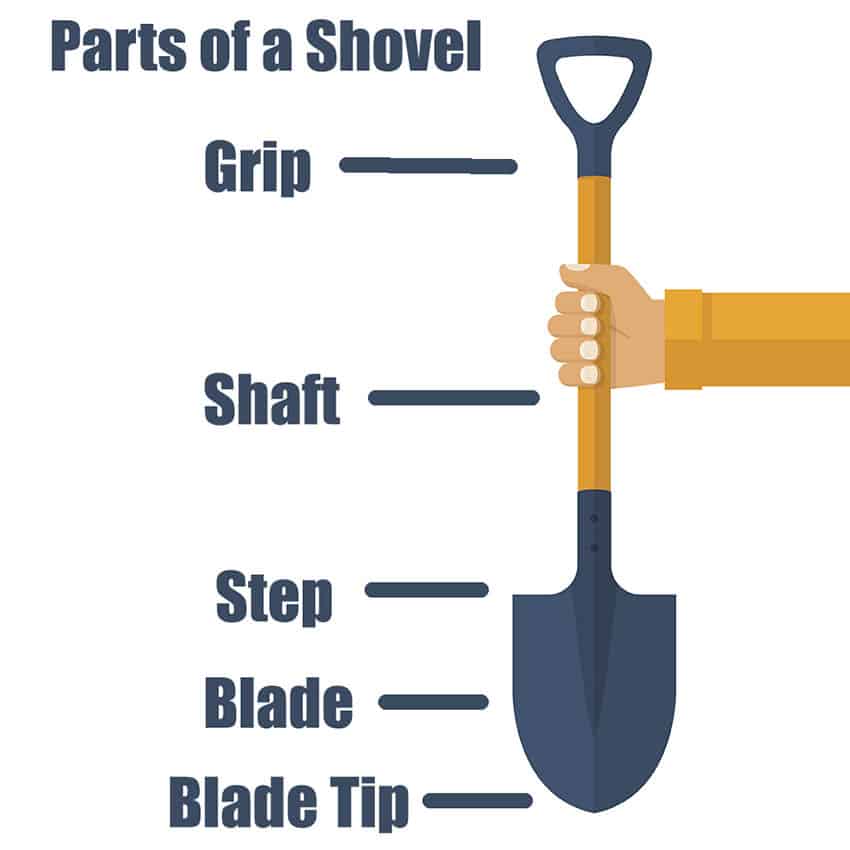
The different components of a shovel set them apart from each other, in their design, materials, length, sizes, and shapes.
Blade: Considered the lowermost part of the shovel, the blade is the component of the shovel that makes contact with the ground and the materials you’re working on. While usually made of aluminum or metal, blades can also be made from fiberglass and plastic.
These materials will depend on the use, type of shovel, and preference. Normally though, the type of shovel will affect the shape and size of the blade since specific types have corresponding shapes and sizes of the blades.
Blade Tip: Another important part of the shovel that’s located in the lower part of the tool is the blade tip. It is the part that’s furthest away from the shaft and the actual part of the blade that touches the ground first. And just like the entirety of the blade, this comes in a variety of shapes. As a reference, here are what blade tips you need to look for based on the tasks you’re going to do:
• Flat and squared tips: For scooping and moving materials from one location to another.
• Pointed and rounded tips: For digging and cutting through soil and roots.
Step: The step part of the shovel is found on the top part of the blade. It’s the part where you can place your foot to add more force and be able to cut and dig deeper into the ground. This is the reason why this part is mostly found in digging shovels.
Steps can come with gripping steps and tread, which will allow you to keep your foot in place to avoid slipping and any type of injury as you step on it and add force. By using your foot for the additional force, you will save your back from straining and possible pain.
Kickplate: The kickplate is just another name for a step. This name is a bit more appropriate since when you exert more effort with your foot on this part of the shovel, it will seem like you’re kicking the shovel for the added force.
Collar: The shovel’s collar is the part where the shaft connects with the blade through a bolt, a screw, or a rivet. And cheaper shovels are only connected with glue, which is not so strong and durable that it won’t be ideal for heavy-duty tasks.
Just as it’s named, it looks like a shirt’s collar that circles the neck. It is the part of the shovel that needs to be sturdy and well-secured. If not secured enough, the entire shovel will snap and crumble with heavy-duty work.
The collar allows either the blade or shaft to be replaced whenever necessary. Since the blade usually lasts longer, there’s a high chance that you will need to replace the shaft or handle first.
Shaft: The shaft is actually the longest part of the shovel. It looks like a long pole that can be made from metal, wood, or fiberglass. And the choice of the material would depend on your budget, the type of shovel you need, and the task you need to accomplish using it.
And of course, your preference will also be a determining factor. To help you decide, here are some of the differences between the types of shafts based on the materials they are made of
• Metal shafts: Considered the strongest, most durable, and long-lasting shaft for shovels you can choose.
• Wooden shafts: Aesthetically pleasing and more ergonomic compared to other materials, wooden shafts are a favorite of traditionalists.
Besides materials, shafts also differ in lengths and sizes. You need to choose the length that will feel just right with your height. This means you won’t have to compensate and either lean back or lean over when using the shovel.
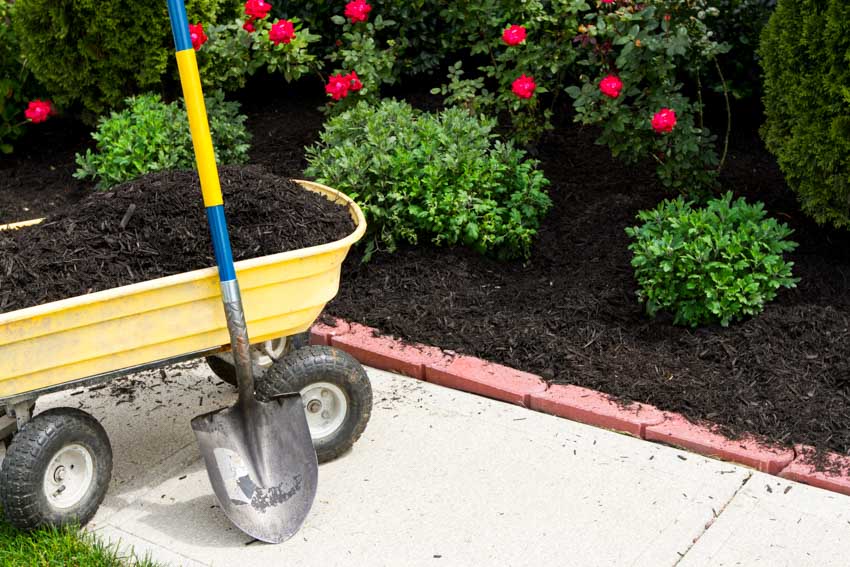
Grip: Considered the uppermost part of a shovel, the grip of a shovel is where you will hold and grasp the tool. This part is attached to the shaft and may come in a variety of materials, including metal, wood, plastic, and fiberglass. Here are some of the types of grips that shovels come in.
• Non-grip: Grip is not present in all shovels and there are others that have no handle at all and you will have to hold onto the shaft just to use them. While they usually come in coated handles (especially for wood to avoid splinters), they can be uncomfortable to use for a long time while working.
• Non-slip: For those shovels with grip, going for the non-slip option is ideal for convenience and efficiency and this can come either in silicone or rubber. You can easily hold on to the shovel for a long time comfortably, without the possibility of injury and even in wet conditions.
• Foam-grip: Another grip that adds comfort when using the tools, foam grip will feel good on your hand but they are not that durable and tend to break down over time.
Types Of Shovel Handles
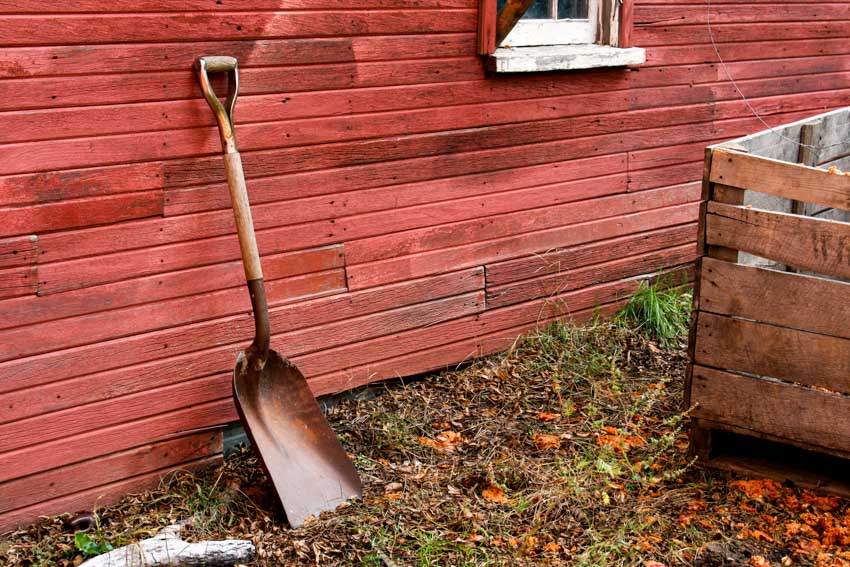
Another aspect you can explore with the different types of shovels comes in the different types of handles. These handles are an important component of the shovel since they make up most of the tool and would affect the efficiency of the task you’re working on.
Here are some of the types of shovel handles to consider.
• Straight handle: The handles come in a straight line without a grip on them. While it allows you more leverage to manipulate the shovel since it’s usually longer, they are not that comfortable after some time without the grip.
• D-grip handle: Considered the most common type of handle of a shovel, this comes in a V form and then two sides that meet the horizontal bar, where your handle comfortably slides in.
Some shovels come with the D-grip already attached to the shaft while some are considered an attachment and can be connected to the shaft by your preference using glue and screws. This handle is more comfortable to hold and can be easy to handle for a long time but it is still susceptible to damage over time.
• Crutch handle: Also known as a T-grip, this handle comes in a T shape and is ideal for people with bigger hands since it’s longer. Compared to the D-grip handle, this type does not have sides where your hand is kept but it often comes with grooves where your fingers will snug nicely.
Shovel Blade Materials
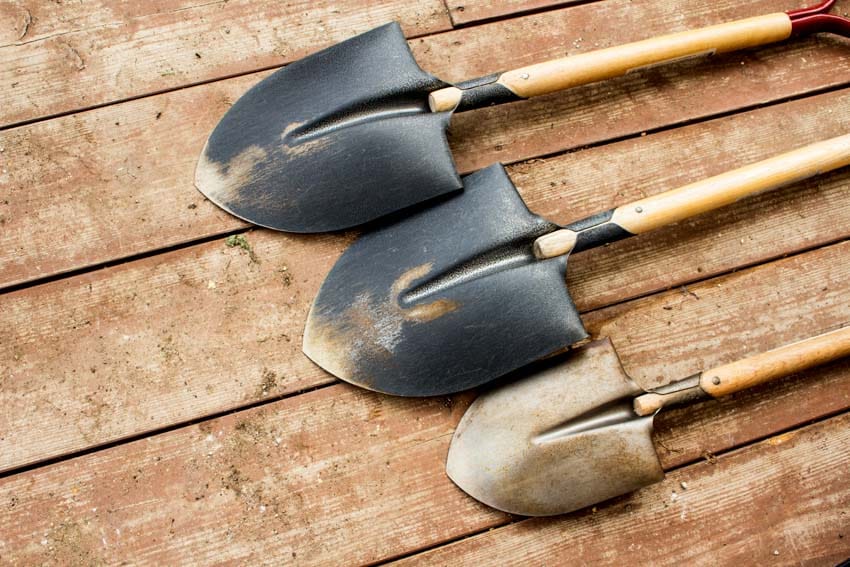
The blade is another vital part of the shovel primarily since it does most of the work, whether you’re digging on the ground or scooping loose oil from one location to another.
The design of the blades will help you in terms of work efficiency but the materials they are made of will not just contribute to its function but also its convenience and value as an investment. Here are some of the blade materials you can consider.
• Solid steel: Ideal for heavy-duty tasks, choose this material if you want your shovel to last for a very long time.
• Aluminum: Ideal for lighter work like scooping and moving loose soil, this material is lightweight so it will add to your convenience and it’s also relatively durable so it won’t easily break.
• Titanium: Lightweight and considerably durable, this material is ideal for your shoe if you want something long-lasting and rust-free but it may come at a high price though.
• Plastic: Lightweight and very affordable, plastic shovels can do the job of clearing snow to scooping loose soil. And while they’re rust-proof, they are prone to cracking and do not last for a long time.
What Type Of Steel Are Shovels Made From
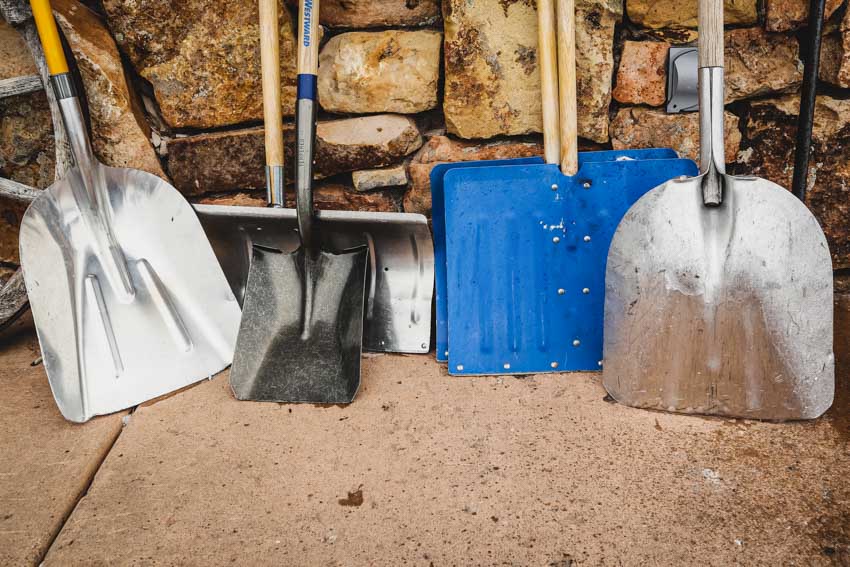
Steel is one of the materials you can explore when considering buying a shovel to use for many tasks. But before you purchase the next steel shovel you see, you need to learn more about the options you are taking into account.
Steel is actually a combination alloy of carbon and iron and most of the time, other elements have been integrated into it to improve its characteristics, from durability to its tendency to rust.
With steel shovels though, here are some types that are offered in the market and why you should go for them.
• Carbon steel: For incredible strength and durability.
• Stainless steel: For its high resistance to rust and scratches.
• Manganese steel: For its resistance to daily wear and tear, as well as high-impact shock.
Spade Vs Shovel
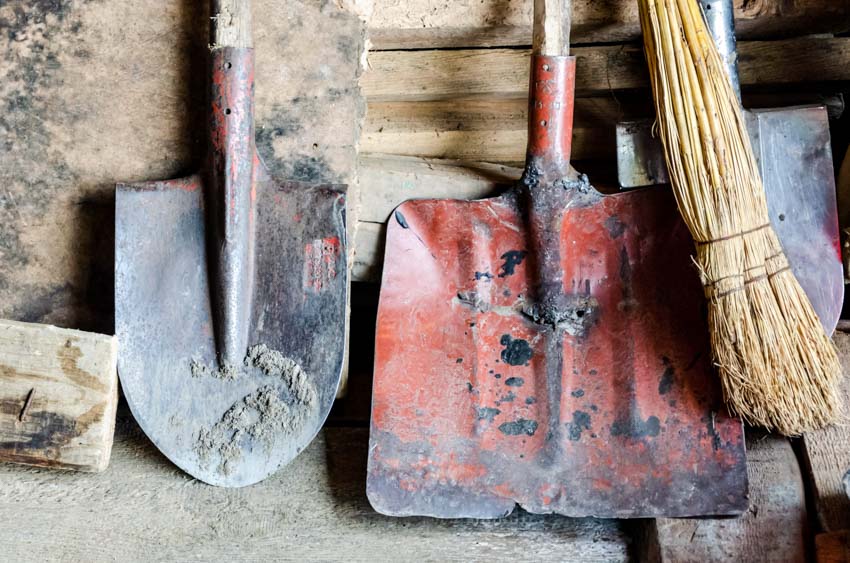
Spade and shovel are two tools that are usually interchanged when you don’t have any idea about the difference. These two useful tools, usually kept in most types of sheds, may seem similar but they have different purposes and look. For a quick glance, here is a summary of how different these two tools are.
| Aspects | Spade | Shovel |
| Usage | Moving soil and slicing through roots along the way | Breaking up and digging soil |
| Size | Smaller | Larger |
| Shape | Flat with a straight edge | Bowl-shaped (Rounded with a pointed tip) |
| Length | Shorter | Longer |
| Handle Shape | T or D shaped | Straight |
Shovels and spades are used differently, where you choose the former for digging and cutting while the latter for creating edges. While they both don’t have that much difference in terms of costs, they look very different from each other, which pretty much means that they do have very different purposes.
The most important digging tool for many gardeners is the versatile flat-bottomed garden spade. It is used for initial bed preparation, transplanting, and maintaining bed edges. – Beginner’s Guide to Gardening, The Editors of Creative Homeowner
Spade is normally smaller since it is a handheld tool and since it’s used for edging, the blades come either flat or squared to create these straight edges.
Shovels, on the other hand, are larger and are meant for working the soil, including digging, scooping, and moving them. There also also many types of shovels to consider compared to spades.
How To Choose A Shovel
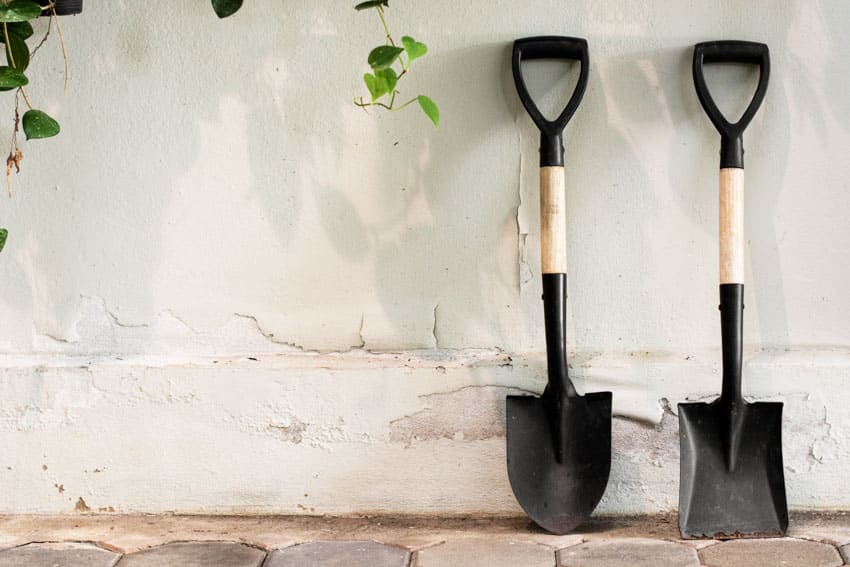
Now that you’re already aware of the different types of shovels you can consider and you still find it a bit overwhelming to choose one, here is a simple guide to help you with your decision.
Step 1 – Consider the intended use for the shovel: The first factor you will consider is the task you plan to accomplish using this shovel. There are digging shovels, scooping shovels, trench shovels, and post-hole shovels, and you can choose a specific one to match the task you’re planning to work on.
Step 2 – Explore the different elements of a shovel and choose them: Based on the intended use, the shovels will naturally differ in blade shape, size, and design in general.
If you’re going to dip through the ground, shovels with pointed or rounded blade tips are better. For edging and breaking through soil and roots, shovels with flat or squared tips are ideal.
You would also need to decide on the size and weight of the shovel, as well as the materials they are made of. While all these elements can be decided based on preference, you can also take into account the convenience for you when you use the shovels.
Depending on size, make sure that the shovel is not too large or heavy for you that you won’t be able to lift it to actually complete the job.
Step 3 – Make sure to consider your budget: Once you’ve checked on the use, blade, and even materials of the shovels, make sure they match the budget you’ve allocated for them.
Plastic shovels are way more affordable compared to metal shovels but they also do not last that long. Make sure you match your budget with the priorities you have for your shovel.
Best Shovel For Digging
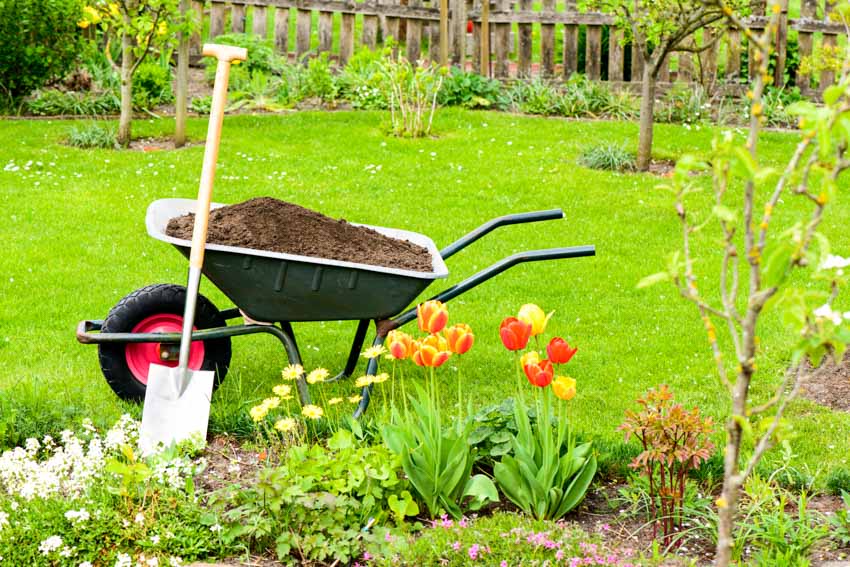
Digging shovels need to have a pointed or sharp blade tip in order to break ground and be able to dig successfully. Make sure that these shovels have a non-slip grip so that you will have it easier to dig even for a period of time until the job is done.
Some of the best types of shovels you can use for digging include the following:
• Square digging shovels
• Round digging shovels
• Pointed digging shovels
Best Shovel For Gravel
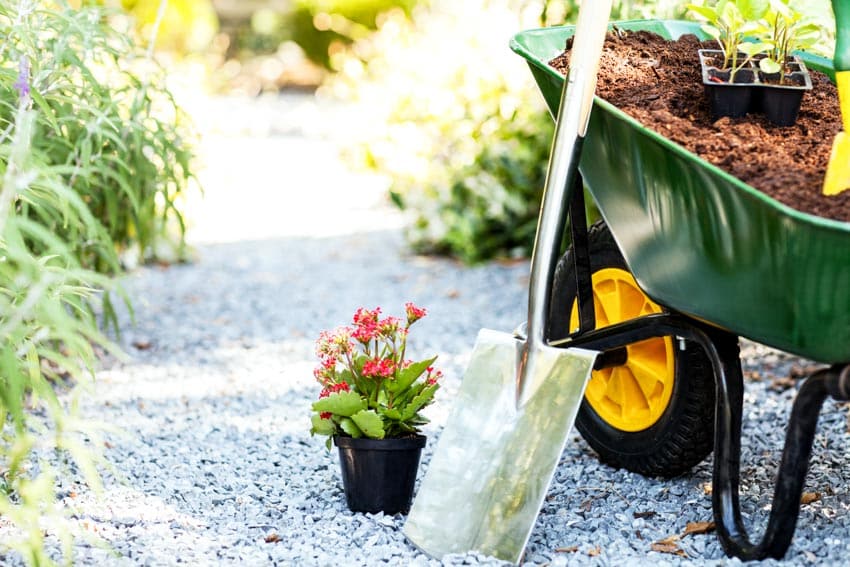
When you’re working on gravel, this means you are probably scooping up the material and moving gravel from one place to another. In this case, you need to choose a shovel with side edges so that the gravel will stay in place once you move the material.
Here are some of the best types of shovels you can use when working with different types of gravel.
• Scoop shovels
• Snow shovels
• Transfer shovels
Best Shovel For Removing Grass
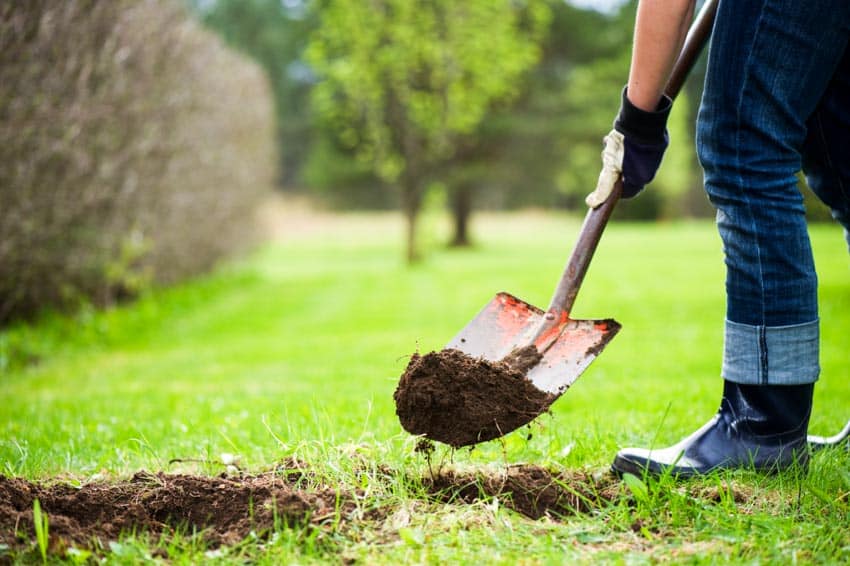
In removing grass from the ground, you will need to break ground and at the same time cut roots along the way. With this task, you will need shovels with a flat and square-shaped blade tip in order to go through the roots.
Here are some of the best types of shovels to help you with this task.
• Root shovels
• Spade shovels
• Edging shovels
• Handheld shovels
See more related content in our article about the different types of rakes on this page.

